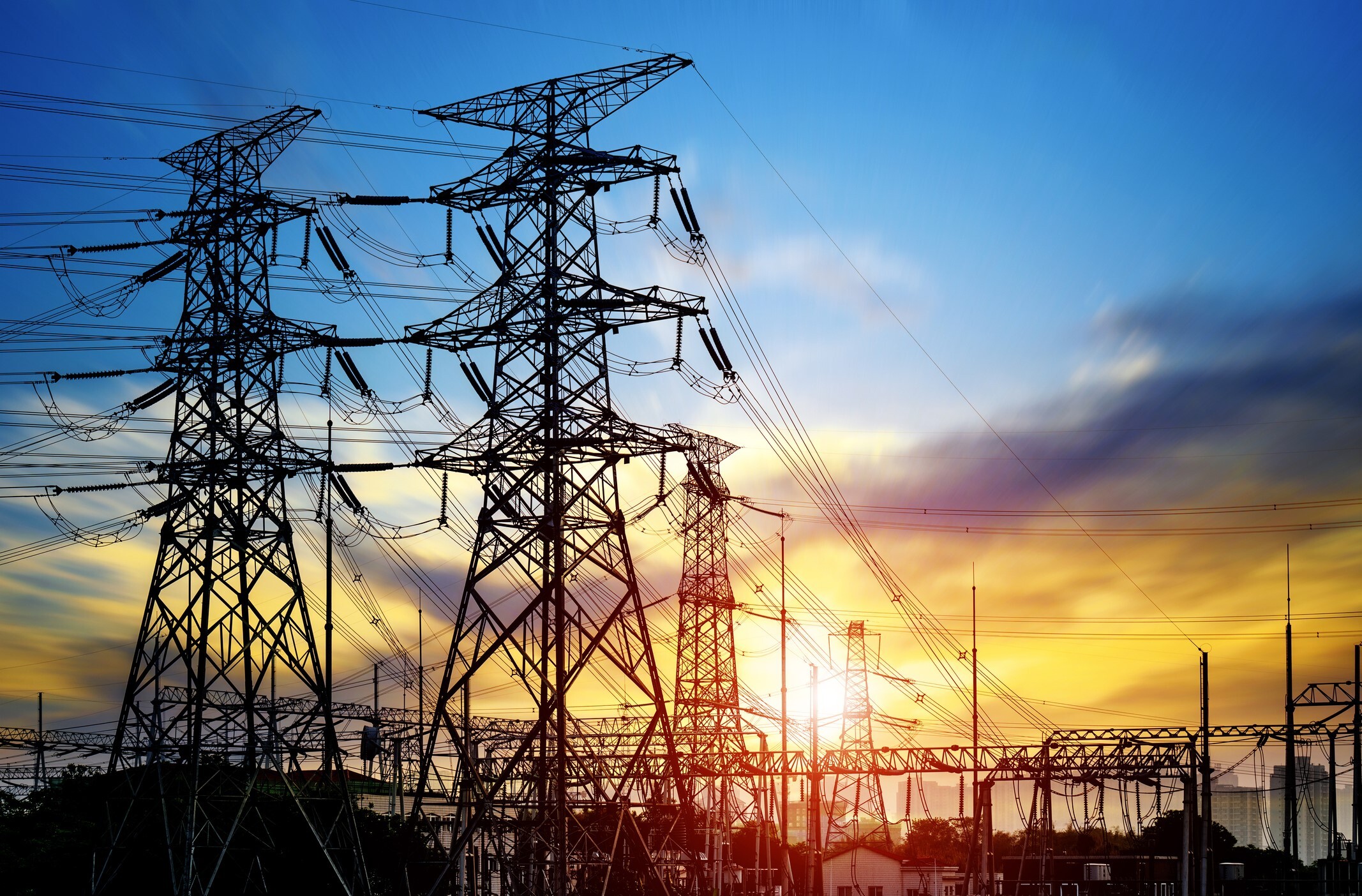Solutions
Acquiring technical capital can be a costly and challenging endeavor, requiring the recruitment of skilled staff proficient in equipment and controls, and ensuring their continuous training to stay abreast of updates. Offset budget constraints for staffing and let us help you manage the entire energy management process with our 24x7x365 Knowledge Center. Enhance the safety and comfort of associates and customers across your enterprise.


Premium Services
Premium Services delivers expert support and RTU health checks via remote HVAC assessments to optimize energy savings, reduce maintenance costs, and enhance system performance.

Predictive & Proactive Analytics
Our Proactive Analytics team identifies savings opportunities at equipment level and sends control signals to individual stores when necessary.

Building Monitoring
Our team is a Knowledge Center of first responders providing EMS Services to your stores and vendors. We cover store and emergency issues, equipment failures and store openings.

Building Intelligence™
Get real-time summaries of energy and dollar savings, cost avoidance, and insight into your best and worst performing locations, all without the need for any time-consuming manual data manipulation tasks.
Explore the latest developments from Phoenix

AIM Act Update: What the New EPA Proposal Means for Automatic Leak Detection (ALD)

Unlocking Hidden Revenue: How Facilities Teams Can Win With Demand Response in 2026



